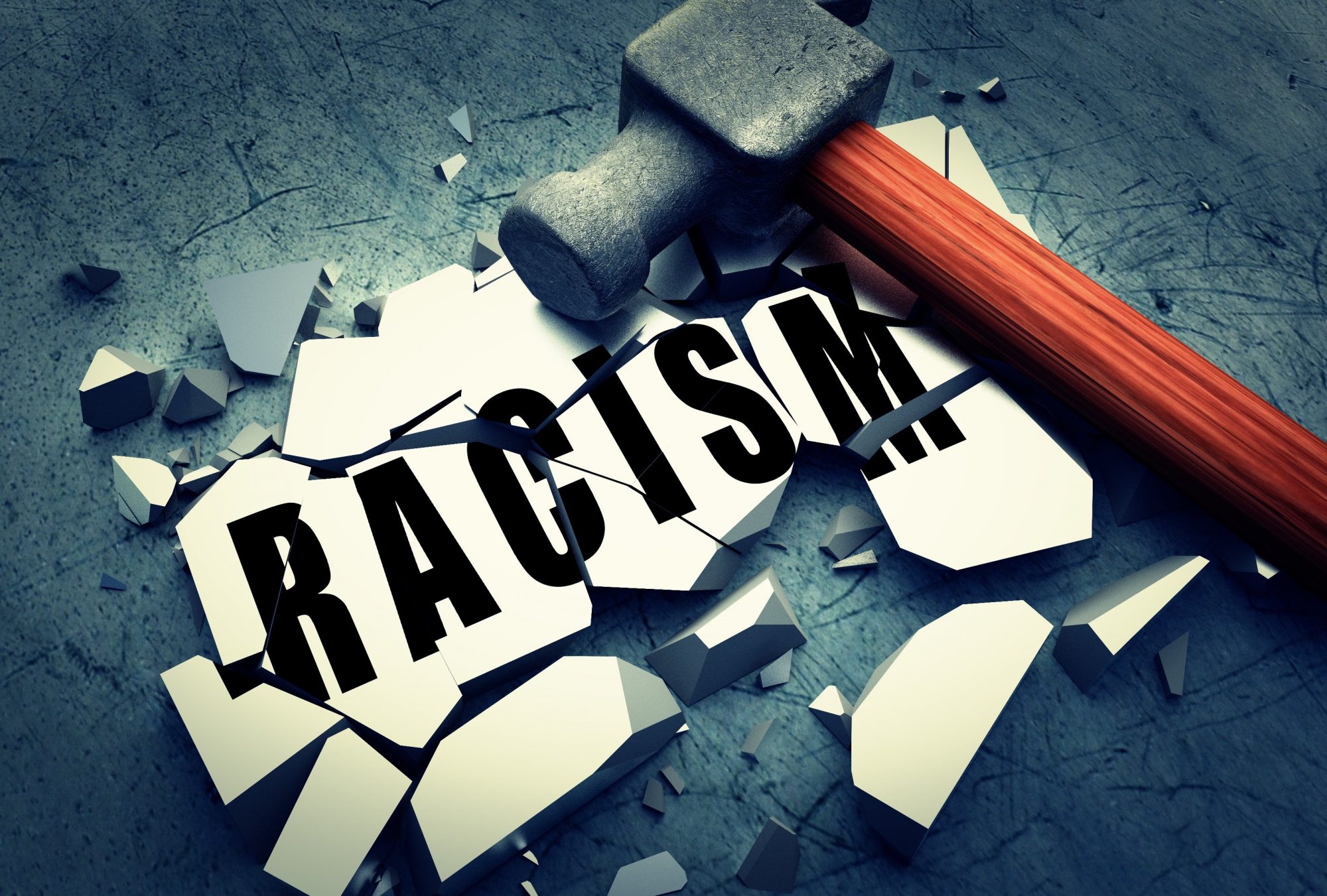Crook County weaves a narrative familiar to those who follow the news: something is deeply wrong with the criminal justice system. In essence, the book explores how the criminal justice system strips black and brown people of their humanity and aims to reclassify them as nameless caricatures on which white people can place their fear. Our discussion centered around the last three chapters. These chapters detailed the way defense attorneys, public and private, prosecutors, and judges support a racist criminal justice system. It examined how a racialized form of justice forces defense attorneys to employ racist logic to defend their clients and how those defense attorneys perpetuate the same logic with their clients. It analyses how criminal defense becomes a zero-sum game where the prioritization of one client’s freedom means the loss of another’s freedom.
To frame the conversation, Kennedi and I showed a video that details how mass incarceration has affected black and brown communities. The video talked about the scale of mass incarceration, and how it has generational effects. Through our presentation, we aimed to have a conversation about the impact of the information revealed in the book on our society and institutions. The video touched on the legacy of slavery in America and how it relates to mass incarceration. We were then able to investigate the ways that the criminal justice system act perpetuates the legacy of slavery and how both systems link through the denial of freedom. I think we could have expanded on the links between slavery and mass incarceration at the beginning of our presentation. I also think that we could expand on the experience of prison, as it would have helped to craft a thorough picture of the impact that racialized criminal justice has on the defendants and their community. This information would work against the image that mass incarceration tries to create for the black and brown people it consumes.
Through our discussion, we explored the themes of the chapters and their connections to our readings throughout the semester such as the Inheritance of the Ghetto, the White Space, and No Place on the Corner. The story of Crook County exemplified many of the themes that we have talked about throughout the course. It touched on our conversations about colorblind racism and white fragility, particularly in the ways that attorneys and judges separated themselves from the impacts of their actions. We talked about how there were levels of generational inheritance to incarceration that could connect to the inheritance of economic inequality. At the end of our presentation, we explored how the criminal justice system works with the police force to create white spaces in black and brown communities.
I think the discussion went well; however, there were moments when conversation felt forced or stilted. The exposition we gave before some of the questions could have caused this tension. If we asked the questions and gave the class time to answer before explaining our thought process, the class may have responded more. I also think we could have brought forth news stories that related to the chapters. This could have created a more interactive discussion.
The conversation raised several interesting questions, and I find myself wondering whether intergeneration poverty and the racialized criminal justice system have compounding effects. Further, does the racialized criminal justice system act as a mechanism that supports intergenerational poverty? How does the criminal justice system act as another mechanism to create white spaces within black and brown communities?
